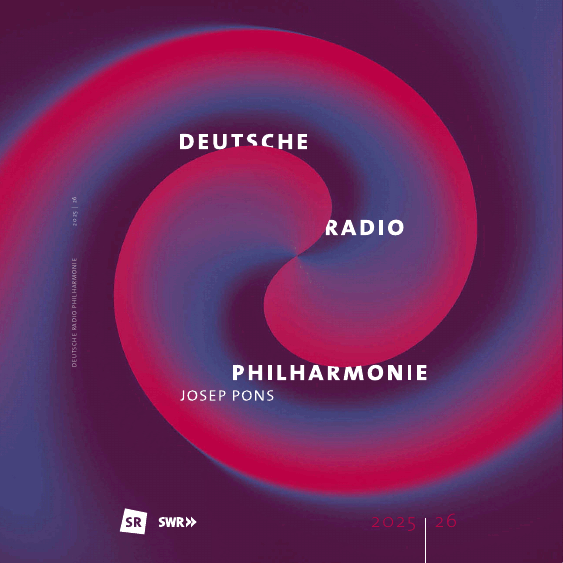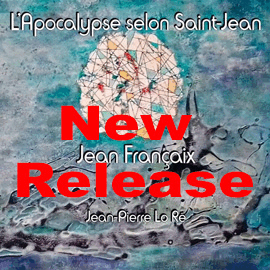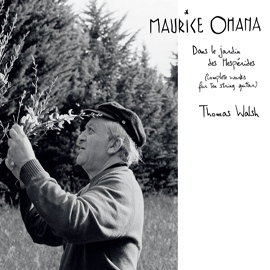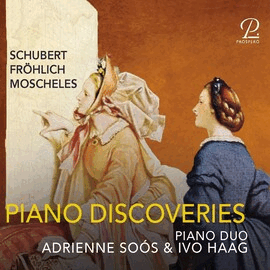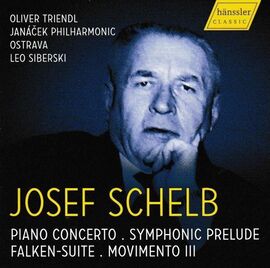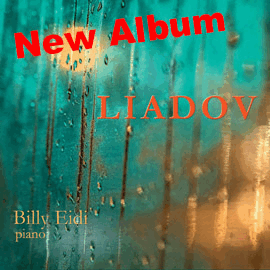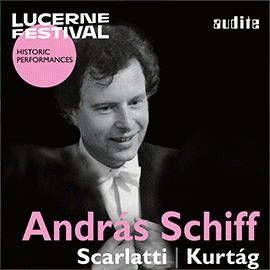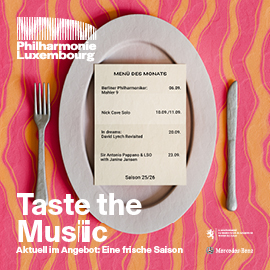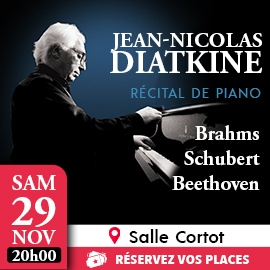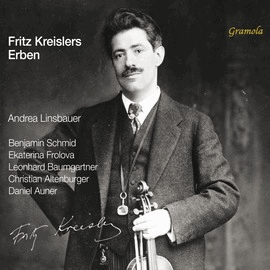« Ein Musiker vom Oberrhein zwischen Spätromantik und Moderne » lautete der Titel einer Ausstellung in der Badischen Landesbibliothek über den Komponisten Josef Schelb (1894-1977). Dieser wurde im Breisgau geboren und studierte vor allem in der Schweiz, zunächst in Basel bei dem Komponisten Hans Huber, dann in Genf bei Otto Barblan (Kontrapunkt) und Bernhard Stavenhagen (Klavier). Er unterrichtete in Freiburg (1914-1922) und Karlsruhe (1924-1958), trat in Konzerten auf und begann zu komponieren.
Durch seine Heirat mit der Sopranistin Lotte Schuler komponierte er viele Lieder, widmete sich auch anderen Gattungen (Opern, Ballett, Symphonien, Konzerte, Kantaten usw.) und das einer vielseitigen Sprache. Er spielte mit allen Stilen der Zeit, Impressionismus, Expressionismus, Dodekaphonie, Atonalität usw..
In den Schallplattenkatalogen ist er wenig vertreten. Nun kommt aber diese wertvolle Aufnahme zu dem Vorhandenen hinzu.
Das Klavier war für Josef Schelb ein wichtiges Instrument. Das Konzert für Klavier und Orchester komponierte er im Jahre 1953. Am Beginn steht ein kontrastreiches, energisches Allegro moderato, ma passionato, das von Oliver Triendl und der Janacek Philharmonie kraft- und ausdrucksvoll gespielt wird. Der zweite Satz beginnt Molto tranquillo und endet sehr schön und besinnlich, enthält aber einen leidenschaftlichen Mittelteil. Das Finale, Allegro vivace, ist teils virtuos und lustig, teils lyrisch. Wie in den beiden anderen Sätze geben Oliver Triendl und das Orchester ihr Bestes, um die Musik expressiv und in diesem Fall brillant werden zu lassen.
Das Symphonische Prélude aus dem Jahre 1959 ist ein dramatisches Werk von etwa 10 Minuten. Es geht hier der Falken-Suite voraus. Sie entstand aus Material aus der Oper Die Falken, die Schelb 1966 nach der Novelle Die drei Falken von Werner Bergengruen komponierte und die nie aufgeführt wurde. Es ist eine sehr gut komponierte Musik, die einen hin und wieder an Prokofiev erinnert.
Mit dem Movimento III aus dem Jahre 1973 wird das Album beendet. Es ist ein sehr ruhiges, stimmungsvolles Stück, das hier einen wirklich starken Schlusspunkt setzt.
Insgesamt ist dies ein Album, das jeder Freund konzertanter und symphonischer Musik bereichernd erleben dürfte.
« A Musician from the Upper Rhine Between Late Romanticism and Modernism » was the title of an exhibition at the Badische Landesbibliothek (Baden State Library) about the composer Josef Schelb (1894-1977). Born in Breisgau, Schelb studied primarily in Switzerland. First, he studied with the composer Hans Huber in Basel. Then, he studied counterpoint with Otto Barblan and piano with Bernhard Stavenhagen in Geneva. Schelb taught in Freiburg from 1914 to 1922 and in Karlsruhe from 1924 to 1958. He performed in concerts and began composing.
Through his marriage to the soprano Lotte Schuler, he composed many songs and devoted himself to other genres, including operas, ballets, symphonies, concertos, and cantatas. He experimented with various styles, including impressionism, expressionism, dodecaphony, and atonality.
His work is not well represented in record catalogues. However, this valuable recording is now being added to the existing ones.
The piano was an important instrument for Josef Schelb. He composed his Concerto for Piano and Orchestra in 1953. The piece begins with an energetic Allegro moderato, ma passionato, which Oliver Triendl and the Janáček Philharmonic play powerfully and expressively. The second movement begins Molto tranquillo and ends beautifully and contemplatively, though it contains a passionate middle section. The finale, Allegro Vivace, is partly virtuosic and playful and partly lyrical. As in the other movements, Triendl and the orchestra perform brilliantly to make the music expressive.
The 1959 Symphonic Prelude is a dramatic 10-minute work. It precedes the Falcon Suite. Schelb created it from material from the opera Die Falken (The Falcons), which he composed in 1966 based on the novella Die drei Falken (The Three Falcons) by Werner Bergengruen. The opera was never performed. The music is very well composed, occasionally reminiscent of Prokofiev.
The album ends with Movimento III from 1973. It is a very calm, atmospheric piece that brings the album to a really strong close.
All in all, this is an album that every friend of concertante and symphonic music will find enriching.



